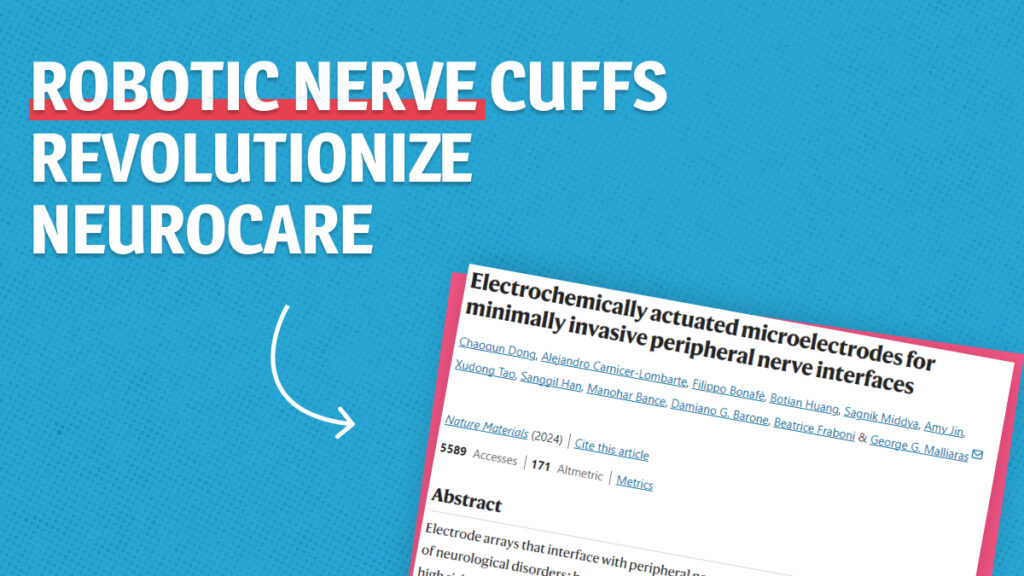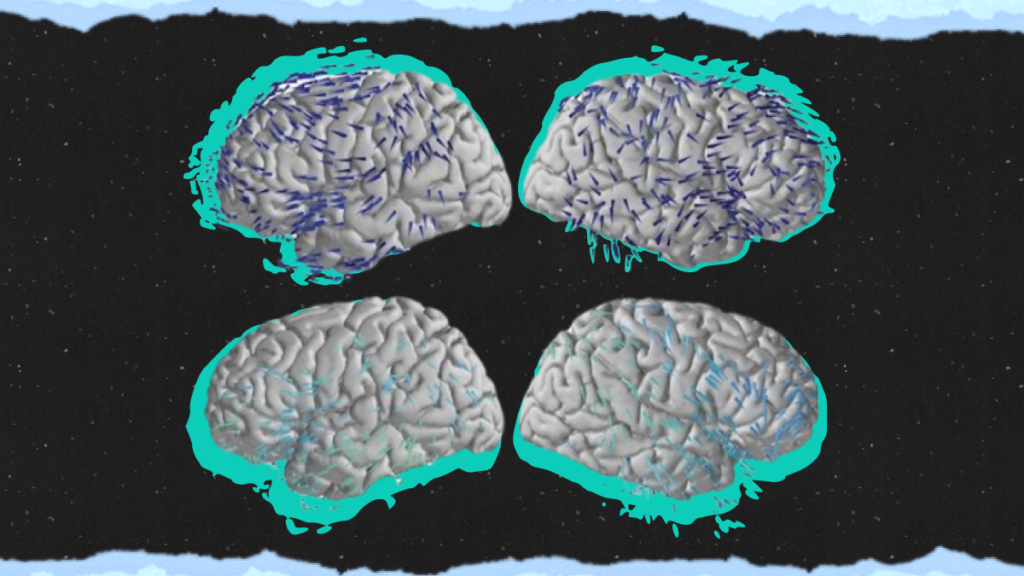To support a range of behaviours, the brain must flexibly coordinate neural activity across widespread brain regions. One potential mechanism for this coordination is a travelling wave, in which a neural oscillation propagates across the brain while organizing the order and timing of activity across regions. Although travelling waves are present across the brain in various species, their potential functional relevance has remained unknown. Here, using rare direct human brain recordings, we demonstrate a distinct functional role for travelling waves of theta- and alpha-band (2–13 Hz) oscillations in the cortex. Travelling waves propagate in different directions during separate cognitive processes. In episodic memory, travelling waves tended to propagate in a posterior-to-anterior direction during successful memory encoding and in an anterior-to-posterior direction during recall. Because travelling waves of oscillations correspond to local neuronal spiking, these patterns indicate that rhythmic pulses of activity move across the brain in different directions for separate behaviours. More broadly, our results suggest a fundamental role for travelling waves and oscillations in dynamically coordinating neural connectivity, by flexibly organizing the timing and directionality of network interactions across the cortex to support cognition and behaviour.



